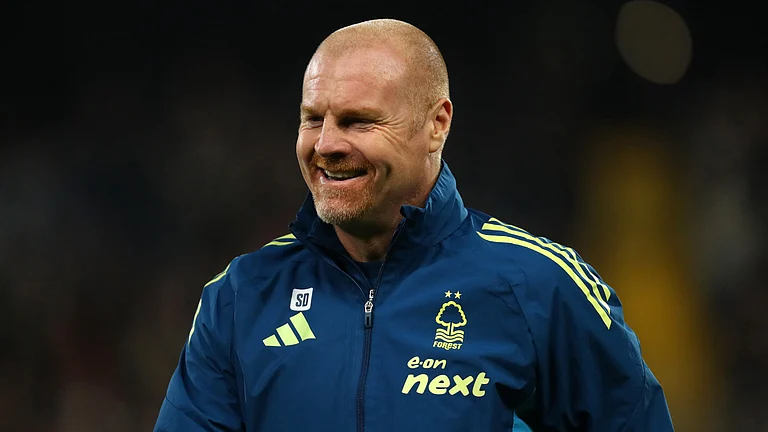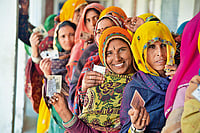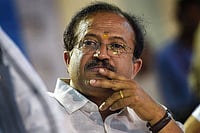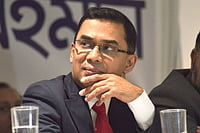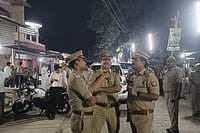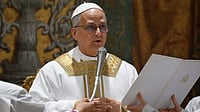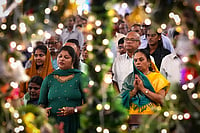INDIAN journalists write about everything under the sun except what goes on in their own profession-largely out of a fear of being blacklisted by the powerful press barons and banished to the uncertain wilderness of freelance writing. It's understandable then why Tharyan, former editor of The National Herald, waited to retire before reminiscing about his forty years in journalism. Anecdotal and insightful, this book is a no-holds-barred inside story of our newspapers. It leavesone sad and depressed.
The steady decline of the Indian press has followed that of the nation's public life.It's easy to romanticise the past but pre-independence journalism was distinguished by anidealism and patriotic sacrifice, very rare now. Editors led simple lives and didn't havebank accounts, while newspaper owners remained invisible in the background, untouched bycommercial greed. The British rulers were ruthless with nationalist papers, sending theireditors to jail, confiscating printing presses. There were great editors then: KalinathRoy, Syed A. Brelvi, K. Subba Rao, Kasturi R. Ayyangar, S. Sadanand, Pothan Joseph andB.G. Horniman, a Briton who threw himself into the freedom struggle. The legendary AnnieBesant, also a foreigner, edited New India, voice of the Home Rule movement.
Tharyan also points out that though British-owned newspapers like The Times of Indiaand The Statesman were imperialist and racist in their policies, they maintained highprofessional standards. Their British editors did not take orders from Viceroys orGovernors, much less bureaucrats with white skins. James Augustus Hickey, who founded TheBengal Gazette in 1780, for instance exposed corruption in the East India Company and eventook on the formidable Warren Hastings for his misdeeds, preferring a Calcutta prison tocompromising on his journalistic principles. Ironically, when British newspapers changedhands after independence, the Indian owners quickly forsook all professional ethics andmade money-making their only aim.
The author writes about M. Chalapathi Rau, the first editor of The Herald, founded byJawaharlal Nehru, with deep anguish. Highly principled, Rau drew a lower salary than thatof his senior colleagues but he was 'blindly' loyal to the Nehru family. The Emergency wasthe paper's 'most disgraceful period' when this lauded 'doyen' did not write a single wordcritical of Mrs Gandhi. Surrounded by sycophants, Rau was ultimately sacked humiliatinglyby Yashpal Kapoor, Mrs Gandhi's personal clerk who had been made managing director.
Reading Tharyan's memoirs, one can see why the Indian press surrendered meekly andignominously to Mrs Gandhi during the Emergency. Excepting three or four,post-independence newspapers are owned by purely market-driven business interests and
edited by men of straw. The author writes extensively about the high-level intrigues inleading newspapers, the utter servility of well-paid senior journalists who act as errandboys for proprietors and the unabashed domination of the editorial department bymanagerial underlings. The close links binding press barons, editors, influentialpoliticians, bureaucrats and plain crooks are detailed. Is it any wonder then that thelate publisher of a 'national' daily was involved in a huge foreign exchange scandal anddesperately diverted public attention from his predicament by ordering his hacks to writeabout human rights violations in the country.
Tharyan is right in calling free press in India an illusion. Technology has improved,even small-town papers are now glossies. But credibility is gone. The press trades intrivialities and has degenerated into an extension of Bollywood. Pornography is purveyedwithout inhibition. The author died last April, but Good News, Bad News will remain theliveliest and most honest survey of Indian journalism to be published so far. It shattersthe myths spread by the newspaper establishment about itself.







